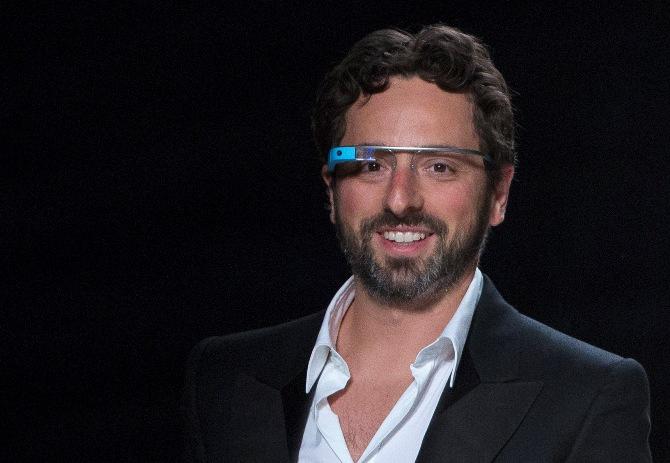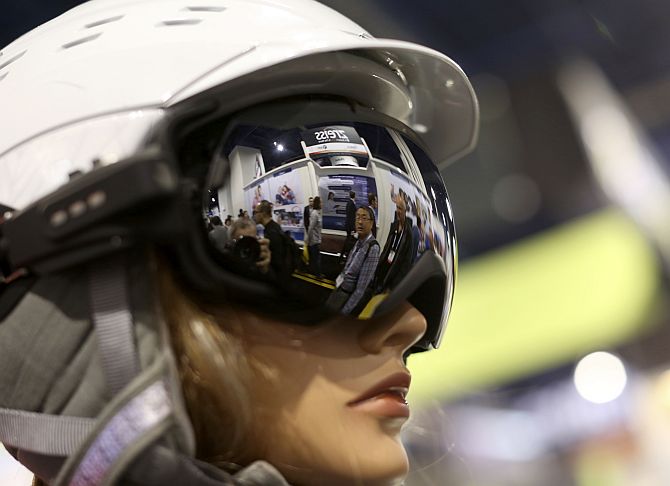 | « Back to article | Print this article |
Soon, Google Glass to assist surgeons
The high-tech eye-wear device 'Google Glass' can be a useful tool in surgical settings, particularly in relation to training, a new study has found.
Personal portable information technology is advancing at a breathtaking speed, researchers said.
Google Glass is worn like conventional glasses, but that combines a computerised central processing unit, touch-pad, display screen, high-definition camera, microphone, bone-conduction transducer, and wireless connectivity.
Click NEXT to read further. . .
Soon, Google Glass to assist surgeons
Researchers obtained a Glass device through Google's Explorer Programme and have tested its applicability in their daily paediatric surgical practice.
The Glass was worn by the attending surgeon daily for 4 consecutive weeks.
A daily log was kept, and activities with a potential applicability were identified.
Patients overwhelmingly had a positive response to Glass and several useful applications for the technology were found including hands-free photo/video documentation, making hands-free telephone calls, looking up billing codes, and Internet searches for unfamiliar medical terms or syndromes.
Click NEXT to read further. . .
Soon, Google Glass to assist surgeons
However, there were also several drawbacks to the early technology including quality of the picture.
"We are just beginning to explore the functionality of this new device in Medicine and Surgery.
“This allows a surgeon to interact with the device without breaking scrub, even during surgery," said Oliver Muensterer from Maria Fareri Children's Hospital of Westchester Medical Centre in New York.
Click NEXT to read further. . .
Soon, Google Glass to assist surgeons
"We have used it for photo- and video documentation, for looking up rare or obscure medical conditions on-the-spot on ward rounds, and even for such boring tasks as coding and billing.
“Considering that this is still an experimental device, it actually performed quite well.
"A big issue with Glass is how to handle patient privacy, particularly because the device connects to the Internet via WiFi and thereby streams its data through Google's servers," said Muensterer, lead author of the research.
The research was published in the International Journal of Surgery.
Click NEXT to read further. . .



